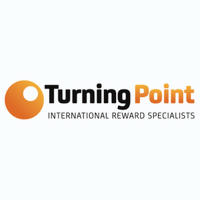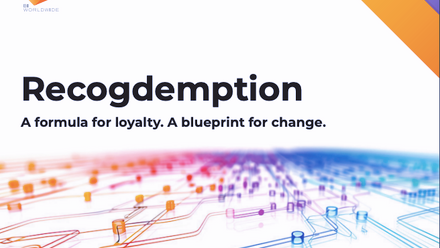What impact has higher NICs had on employers’ pay and benefits offering?
Few policy changes in recent years have had as significant an impact on employment costs as the April 2025 rise in employer National Insurance Contributions (NICs), announced in October 2024.
The government announced that NICs paid by employers would increase from 13.8% to 15% on earnings, and that the threshold would reduce from £9,100 to £5,000. The rates applicable to benefits in kind were also increased.
An increase to the Employment Allowance was announced to go some way to offsetting the impact, however businesses voiced concern about the combined impact of higher NICs, a higher-than-expected increase to the National Living and Minimum Wage, and the short window to rework budgets.
For many employers, this was a significant increase in costs, forcing them to revisit their pay and benefits strategies.
Pay awards under pressure
A survey by IDR in January 2025 showed that four-fifths of organisations anticipated awarding lower pay increases this year than in 2024, with almost half likely to reduce pay awards directly in response to higher NIC costs. Many employers also implemented recruitment freezes and/or made plans to reduce headcount.
Market data in March showed that pay awards had indeed decreased on average, ending a 15-month period where they had consistently outpaced inflation. The latest ONS figures show notably lower wage growth over the course of 2025, with the latest regular pay figures in July showing a 4.7% year-on-year increase, compared to 5.9% at the start of the year.
Pay awards have dipped since NICs increases were announced last year, yet they remain slightly ahead of inflation. While pay budgets have tightened, benefits strategies tell a more nuanced story.
Making the most of benefits offerings
There is little evidence of organisations reducing benefits provision. Instead, the trend is to maximise return on investment by communicating benefits clearly and ensuring employees understand their total reward package. This may include implementing a targeted communications campaign or launching a benefits portal.
An Aon global benefits survey in September 2025 found that cost management was the number one priority across all regions of the world, but the UK was the only region to prioritise ensuring benefits were highly valued above making them competitive. In today’s higher-cost environment, the emphasis has shifted from improving benefits to maximising their perceived value.
Considerations
Some sectors have been hit harder by the NICs increase due to higher labour intensity, low margins, and limited automation options - in particular the hospitality, retail, charity, and care sectors.
Reducing the threshold, alongside the increased contribution rate, had a disproportionate impact on the costs of employing part-time workers, as costs increase significantly for each individual employed.
Part-time workers are, on average, more likely to come from underrepresented or minority groups than fulltime workers and may be disproportionately affected by attempts to offset higher employment costs.
It is good practice to conduct an equality impact assessment ahead of making significant changes such as restructures or redundancies, to help identify and mitigate any unintended consequences.
Employers taking positive steps
How can employers make their reduced budgets go further and remain competitive in attracting and retaining talent? We’re seeing three main areas of focus:
Clarity:
- Ensuring pay frameworks are transparent, highlighting the longer-term opportunities available to employees as they progress their careers. Even if above-inflation increases or new benefits aren’t possible, employees should still see a clear path to progression and be appropriately rewarded.
- Focusing on helping employees understand their total reward package to ensure they get the best value from existing spend.
Targeting:
- Targeting pay increases and benefits offerings on critical roles and those which have candidate or skills shortages.
- Using current and accurate salary benchmarking data to identify market rates for roles and allocating wage spend strategically.
Efficiency:
- Reviewing the efficiency of existing spend, such as introducing a salary sacrifice scheme for benefits if not already in place.
- Exploring how AI could drive cost savings, and if these savings could in part be used to bolster the reward budget.
Final thoughts
There are currently no indications from the government that further changes to employer NICs are planned. There are, however, some signs of optimism for the UK economy from 2026 onwards, and employers who take time now to review and sharpen their reward strategies will be better placed to stay competitive for talent - whatever the economic climate.
Supplied by REBA Associate Member, Turning Point
Our data and insight helps organisations build the best reward strategy for their business and people.








